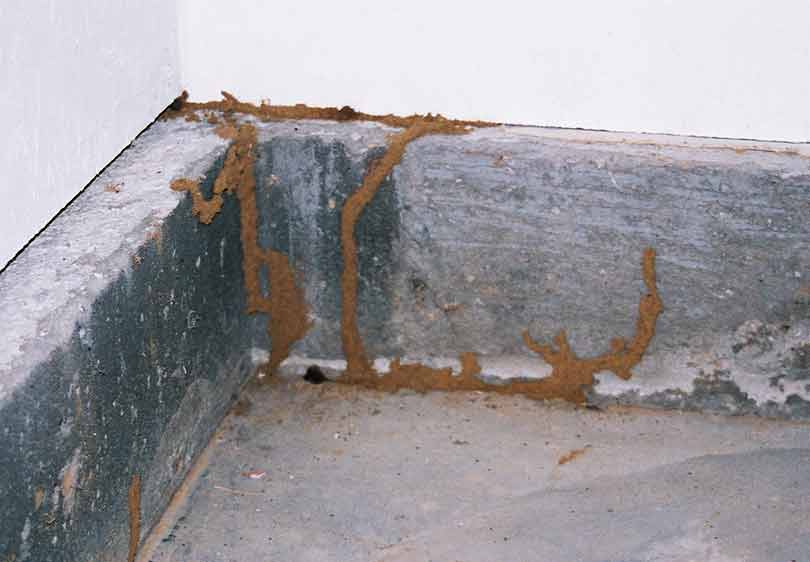Methods in Vole Control Utah: What Works Best?
Methods in Vole Control Utah: What Works Best?
Blog Article
Comprehensive Bug Control Solutions to Combat Vole Infestations
Vole problems can rapidly escalate, triggering damage to yards, landscapes, and lawns. The effect of these tiny rodents can be speedy and considerable, demanding an extensive parasite control technique to effectively handle the scenario. Comprehending the actions and biology of voles is essential in designing an integrated technique that not only deals with the existing infestation however additionally prevents future incidents. By using a combination of identification, environment, capturing, and exclusion modification methods, specialist pest control services can provide a customized option to combat vole infestations. The vital lies in executing a well-shaped plan that not just eliminates existing voles however likewise develops long-term control measures to safeguard against future invasions.
Vole Recognition and Evaluation
Voles, small rats looking like computer mice yet with shorter tails, are generally discovered in yards and yards, making accurate recognition important for reliable insect control actions. These insects can create substantial damage to plants and crops, making punctual activity vital in minimizing possible losses. When inspecting for voles, seek their particular runways, burrow openings, and chomped plant roots. vole control utah county. Vole paths are normally found on the surface area of the ground and are developed as they travel back and forth between their burrows and food resources. Delve openings are small, regarding 1-2 inches in diameter, and result in underground passages where voles nest and look for sanctuary. Nibbled plant origins are one more sign of vole task, indicating their presence and potential damages to plants. By precisely determining these signs, parasite control specialists can tailor their approaches to properly take care of vole invasions and safeguard yards and backyards from further harm.

Capturing and Removal Strategies
Effective parasite control approaches for handling vole invasions often include using specialized capturing and removal strategies. Capturing is an extensively utilized approach to record voles and transfer them far from buildings. Live catches, such as box catches or tube traps, are generally made use of as they enable the risk-free capture of voles without causing injury. These catches are tactically put in vole paths or near burrow entrances to enhance the chances of successful capture.
When establishing catches, it is vital to guarantee they are put appropriately and baited with vole-preferred food resources like peanut butter, seeds, or fruits. Consistently examining the catches is crucial to without delay get rid of recorded voles and stop distress or damage to the animals. Once trapped, voles should be transferred to ideal environments far from human residences to avoid re-infestation.
Additionally, exemption methods, such as setting up barriers or fencing underground, can aid prevent voles from accessing certain areas. Proper disposal of recorded voles and constant tracking of vole activity are necessary components of an effective capturing and removal method in vole invasion management.
Exemption and Barrier Methods

By dealing with these susceptabilities and implementing targeted exclusion and barrier actions, residential or commercial property owners can dramatically reduce the risk of vole invasions. Inevitably, a mix of trapping, removal, and positive exemption procedures can aid successfully handle vole populaces and shield properties from infestations.
Habitat Adjustment and Avoidance
To minimize vole problems, habitat modification and prevention techniques concentrate on modifying the setting to inhibit vole habitation. One reliable method is reducing the availability of food sources by keeping grass trimmed short, removing weeds and debris, and preserving a neat lawn. Voles are drawn in to areas with dense vegetation and clutter, so creating open rooms can aid hinder them from resolving in the location. Furthermore, decreasing excess moisture by repairing leaky pipelines, making certain correct water drainage, and eliminating standing water can make the atmosphere less hospitable for voles.
Integrating obstacles like gravel borders or cord mesh underground can also stop voles from tunneling into yards or gardens. By applying these habitat adjustments and avoidance actions, home proprietors can proactively minimize the threat of vole infestations and safeguard their outside rooms from damages.
Monitoring and Follow-Up Techniques

Follow-up strategies include taking another look at the treated locations to look for any indications of vole task. Monitoring stations, catches, and aesthetic evaluations are generally used techniques to review the success of the pest control procedures. By routinely checking these locations, parasite control experts can rapidly recognize any type of rebirth of vole activity and take proactive steps to attend to the issue before it rises.
In addition, recording the results of surveillance and follow-up tasks is important for tracking the progression of vole infestation control in time. These records assist in determining fads, reviewing the effectiveness of different control techniques, and making notified choices for future bug monitoring approaches. Normal follow-up treatments not just aid in preventing vole re-infestations but also add to the total success of parasite control initiatives.
Verdict
To conclude, detailed bug control services are necessary for successfully combating vole invasions. By determining and checking vole populations, executing capturing and elimination methods, using exclusion and obstacle approaches, customizing habitats, and implementing surveillance and follow-up methods, property proprietors can effectively handle and prevent future problems. It is critical to attend to vole invasions immediately to stay clear of damage to residential or commercial property and potential wellness dangers.
By using a mix of identification, exemption, trapping, and environment alteration techniques, specialist insect control solutions can provide a customized service to combat vole infestations (best vole pest control). By properly determining these indications, insect control specialists can tailor their methods to properly handle vole problems and protect gardens and backyards from further damage
Reliable pest control methods for managing vole infestations often entail using specialized trapping and elimination strategies.To minimize vole invasions, environment modification and avoidance techniques focus on modifying the setting to discourage vole habitation.Routine monitoring and follow-up procedures are vital in keeping vole invasion control actions and making certain long-lasting success in pest monitoring.
Report this page